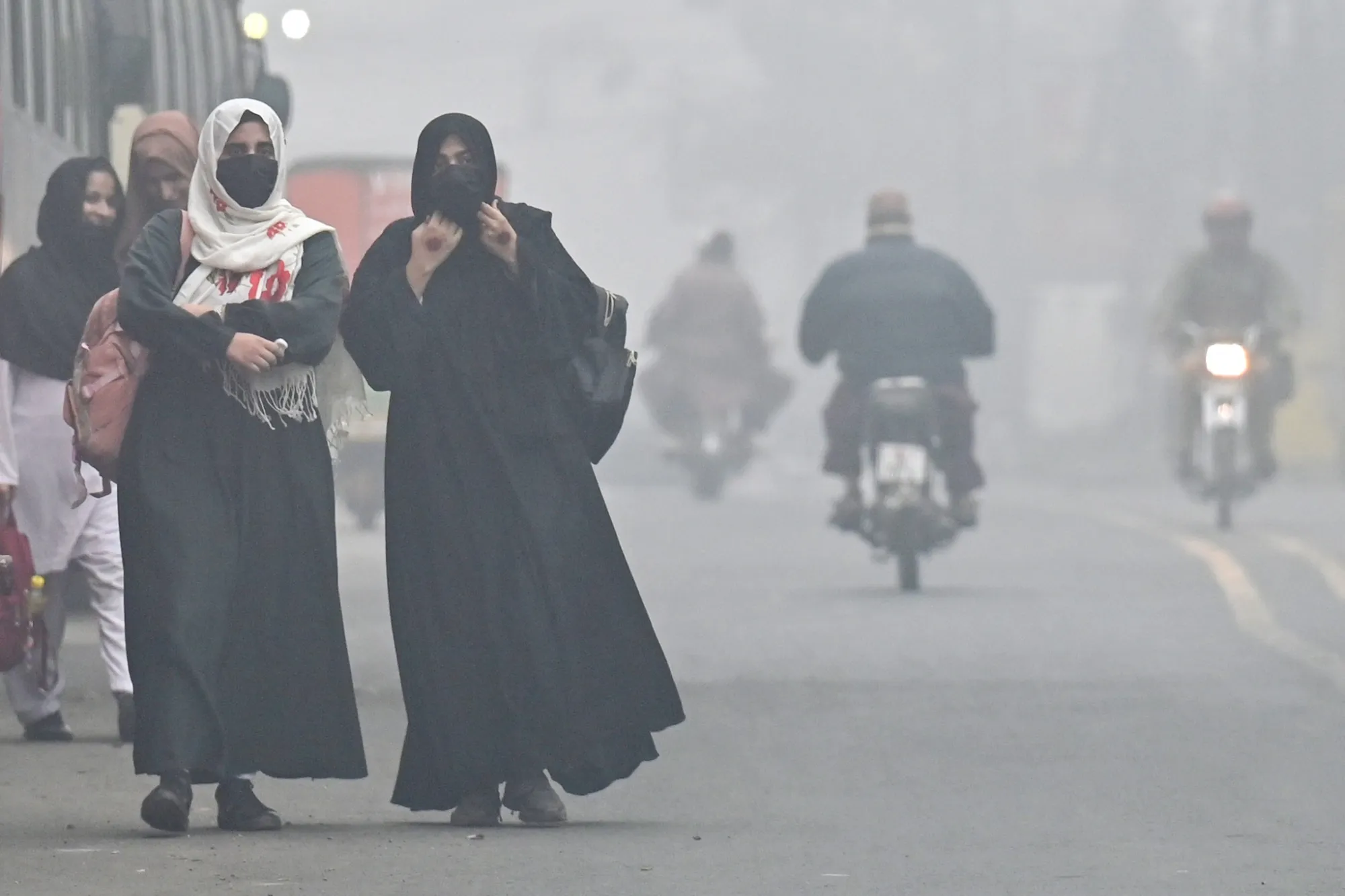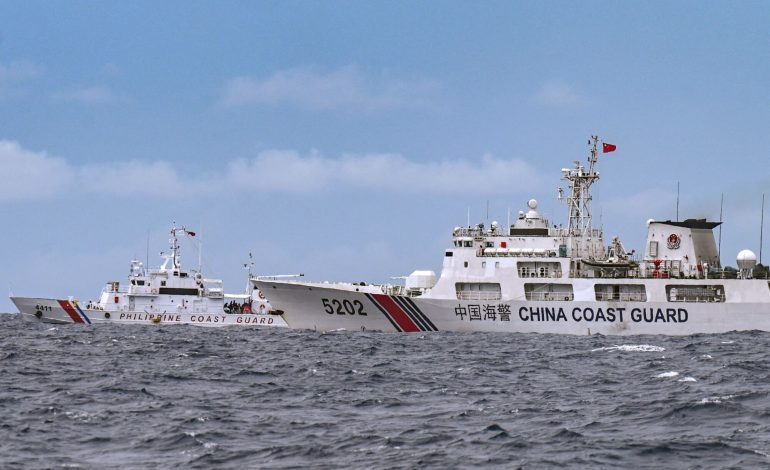Recent brawls between Chinese and Philippine ships in the South China Sea have ignited a new flashpoint in the region, just as the two states had reached an agreement to ease tensions at another contested location, Bloomberg reports.
At the center of the latest clashes is Sabina Shoal, a coral atoll in the contested Spratly islands where the Philippines had deployed one of its biggest coast guard vessels since mid-April, a move China has described as illegal. Sabina is closer to the Philippine coast compared to the earlier flashpoint — the Second Thomas Shoal, giving Manila cause for concern.
For Beijing, which has vast claims over the South China Sea, the worry is that the Philippines will establish permanent presence in Sabina Shoal just like what it did in the Second Thomas Shoal in 1999. Decades ago, Manila grounded a World War II-era ship and turned it into a permanently-manned military outpost.
The latest ramp-up in hostilities risks undermining a pact in July to ease tensions in the Second Thomas Shoal and shows the difficulty in dialing down the longstanding dispute over the contested seas. On Saturday, Philippines and Chinese coast guard ships collided near Sabina Shoal with both countries trading blame.
The escalation in Sabina Shoal was due to the “long-time” presence of the Philippine coast guard vessel and “its intention to occupy the place,” China’s Foreign Ministry spokeswoman Mao Ning said at a regular briefing on Monday, reiterating calls for Manila to remove the coast guard ship — the BRP Teresa Magbanua.
Manila showed footage of one of its vessel sustaining a huge hole after it was deliberately rammed three times by Chinese ships. The government said it had conveyed “displeasure” to Beijing over the clash.
“We were surprised by this incident,” Manila’s top diplomat Enrique Manalo told reporters on Monday. China is “raising tensions over what was basically just innocent movement by a Philippine vessel,” he added.
Beijing, for its part, said Monday that it was the Philippine coast guard vessel that moved in “an unprofessional and dangerous way and caused a collision.”
When Manila deployed the BRP Teresa Magbanua to Sabina Shoal more than four months ago, it said the move was meant to deter China from building on the shoal, similar to what Beijing has done in other areas to bolster its expansive claims over the key waterway. Tensions in Sabina Shoal show “the expansion of friction” in the South China Sea, said Ja Ian Chong, an associate professor of political science at the National University of Singapore.
“It appears that the PRC would like to demonstrate that it can press its claims elsewhere, not just near Second Thomas Shoal which was the center of attention for a while,” he said. “Perhaps the thinking in Beijing is that the Philippines would be less prepared to defend its claims on more locations.”
Despite recent tensions, the Southeast Asian nation has reaffirmed its commitment to its presence in the South China Sea. On Saturday, they stated that their coast guard vessel will continue to operate in the contested waters, even after significantly reinforcing the crumbling World War II-era ship stationed in Second Thomas Shoal.









